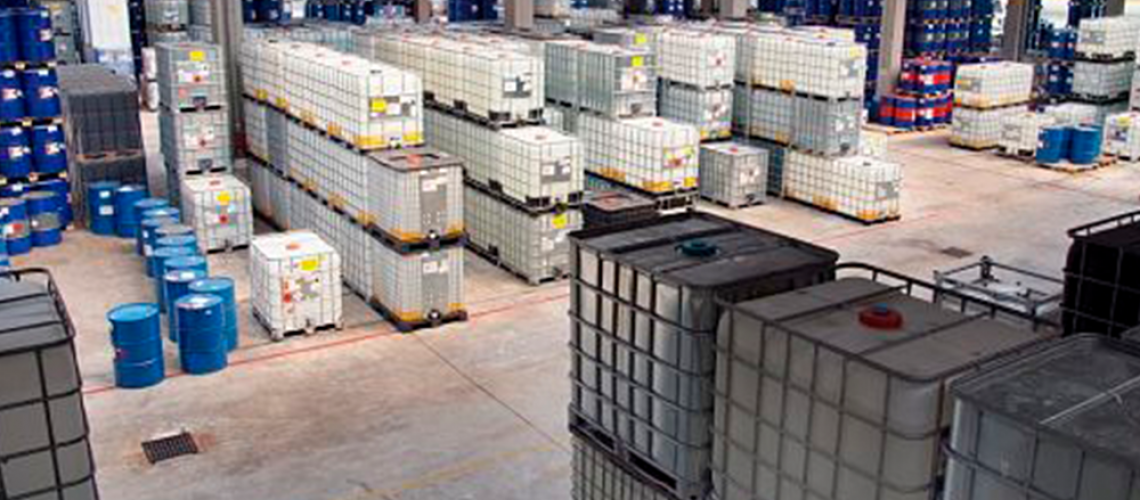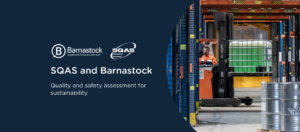When the storage of any chemical product in a specialized plant it is performed, it is essential to follow a set of rules and precautions in order to maintain both its optimal state, and the necessary safety measures to avoid incidents of any kind. Among all the aspects taken into account for this purpose, one of these precautions consists of all the incompatibilities that may occur with the stored chemical materials.
The characteristics of the different products that can be regarded as “chemicals” make their storage a very risky procedure, even if they are in the same chemical tray or subdivided within, or even if separated in the same room. The fact is that there are materials capable to generate chain reactions such as explosions, chemical fires or toxic gas emissions. And even when those materials are correctly stored, there is another point to have bare mind: if there is a chemical fire anywhere in the plant, and this reaches the chemical storage facility, it is mandatory that the methodology used to control this fire would be compatible with those materials. In this way, it is possible to avoid unsustainable or out of control situations that could cause bigger damage. In order to ensure that all the stored products are regarded under the compatibility standards, an inch by inch procedure must be followed.
In order to follow the procedure, it is important to:
- Establish the type of all the chemical products, and grade of danger.
- From there, proceed to determine incompatibilities amongst those which are from a different class.
- Establish different class of more specific products incompatibilities.
- Apply safety measures that avoid possible reactions among the products.
- Control the entrance of these products in the storage facility area without incompatibilities of any kind.
In this way, as a general rule, only those chemicals belonging to the same class should be stored together. However, there may be certain incompatibilities among them; in that case, all the relative information have to be gathered in the MSDS (Material Safety Data Sheet). There are also specific cases where different types of chemicals can be stored together, but there will be always restrictions and safety measures to be followed. Even so, there are certain chemical materials that should never be stored together.
The CLP Regulation (Classification, Labelling and Packaging) gives a series of pictograms and depictions according to the hazard that each material represents; even then, it has to be kept in mind that when two materials share the same depiction, does not mean that they are automatically compatible to be stored together. This regulation serves as an orientative guide, but the best option is to elaborate a table with all the necessary specifications, and in which every material must be identificated based on their compatibilities. Only in this way, all product handling workers will know by heart the procedure, and avoid any risk.




